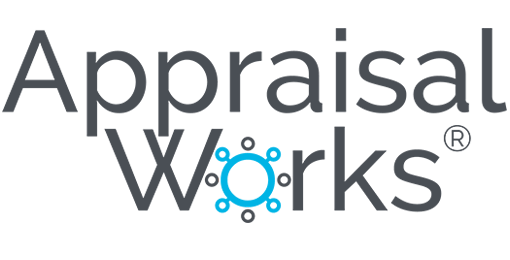Eighty-one percent of executives polled in the Forbes Insights Survey, “Digital Mortgages: How Lenders are Harnessing Tech To Streamline Processes, Cut Costs and Improve Customer Experience,” say they are aggressively (40%) or very aggressively (41%) pursuing mortgage process digitization. Appraisal management is a growing focus for process automation. Investing in appraisal management technology can help lenders improve the consumer experience, increase efficiency, lower operating costs, enable better decision making, focus on product innovation and expand market share.
However, appraisal management technology selection, implementation and adoption come with challenges. In making the shift to digitizing the mortgage process, bank and lending executives identified three pain points:
- Regulatory hurdles – 64% say compliance and related challenges represent a significant (37%) or very significant (27%) challenge
- Resistance to change – 60% of executives say workforce or process inertia are significant (36%) or very significant (24%) roadblocks
- Internal and external silos – 58% say internal silos present persistent challenges and 56% say external silos create a lack of coordination across the industry, which inhibits digitization efforts
To overcome these challenges, 54% of banks and non-bank lenders are purchasing technology to streamline and improve processes and 38% will do so in the near future. Which begs the question: when it comes to appraisal management, should you select multiple point solutions to solve specific process challenges or a single appraisal management platform that addresses all of your needs?
The biggest difference between implementing specialized point solutions vs. a more holistic appraisal management platform boils down to scalability and flexibility over time.
Point solutions are designed to address specific needs within the appraisal management process, rather than the entire workflow. These specific needs could include: appraiser assignment tools, data capturing technologies that enable third-party providers to collect and share property information, back-office technologies that support order management, administrative tasks and collaboration, vendor management systems that allow you to manage the appraisers and AMCs in your network and appraisal analytics and reporting. Point solutions exist for each of these capabilities, but at what price? Depth of capability could come at the expense of added silos and lack of integration.
Appraisal management platforms are designed to address the entire appraisal management lifecycle with a single integrated solution. Banks and non-bank lenders can order, review, manage, maintain, and analyze real estate appraisals and collateral valuations in one system. SaaS-based appraisal management platforms offer on-demand control over your appraisal management function – with seamless integration to your loan origination system (LOS) and no IT overhead. Other key features include compliance and audit trails, turnkey process automation, dynamic work queues and flexible business rules. The right platform can enable more synchronized communications across appraisers, AMCs and internal teams and provide critical visibility throughout the entire appraisal management process.
Breaking Down the Pros and Cons of Point Solutions
Pros of Point Solutions:
- Focused on a specific challenge and function in the appraisal process
- Offers deep functionality in each area
- Low cost and quick implementation of single point solution
Cons of Point Solutions:
- Only addresses one challenge or step within the process
- Multiple systems and vendors are needed to streamline the entire appraisal management workflow
- Lack of native integration – custom integration is needed to deliver a full 360-degree view of the appraisal process
- Disjointed data living within multiple systems, creating lack of coordination, collaboration and internal and external silos
- Total cost of ownership over time is often higher when combining multiple systems
The Pros and Cons of an Appraisal Management Platform
Pros of an Appraisal Management Platform:
- Robust, flexible and scalable technology that addresses the entire appraisal management workflow
- Configurable features and business rules specific to business needs
- Addresses current and future compliance mandates and industry regulations with the ability to conduct audit trails at any point in time
- Enables management of all vendors, orders, and valuations in one location
- Connects with an LOS to deliver faster turn-times
- Enables collaboration and breaks down internal and external silos
Cons of an Appraisal Management Platform:
- Technology selection and implementation can seem daunting depending on vendor
- Long-term commitment for optimal results
- Requires solid understanding of business processes and goals
It’s clear appraisal management point solutions and appraisal management platforms have their pros and cons. If you are faced with a specific, contained challenge that is hindering your customer experience, response rates and business growth – a point solution designed to address that specific need might be sufficient.
However, if you compare the pros and cons of an appraisal management point solution versus an appraisal management platform against the three biggest challenges facing lenders – regulatory hurdles, change management and internal and external silos – the obvious choice is selecting an appraisal management platform. An appraisal management platform will address those hot-button challenges while streamlining and optimizing the entire appraisal management process.
If you’re interested in learning more about the core technology features to look for in an appraisal management platform, check out our whitepaper, “Choosing the Right Appraisal Management Platform.” It dives into how process automation and technology eliminate administrative overhead, ensure continuous compliance and serve as a hub for collaboration and system alignment.
Or contact us directly to discuss your unique needs.
